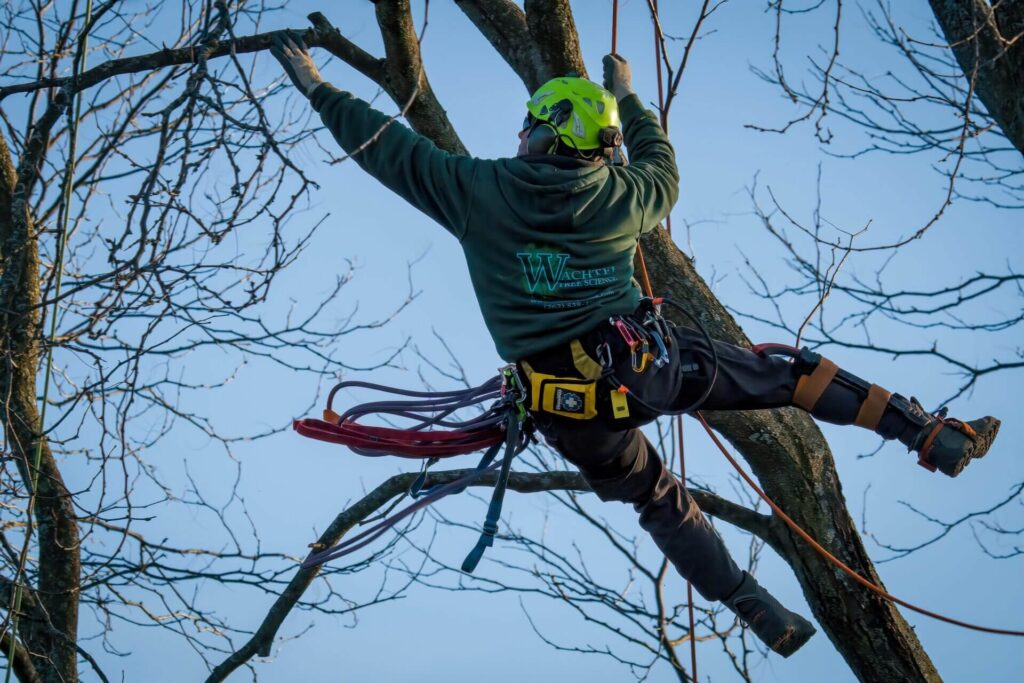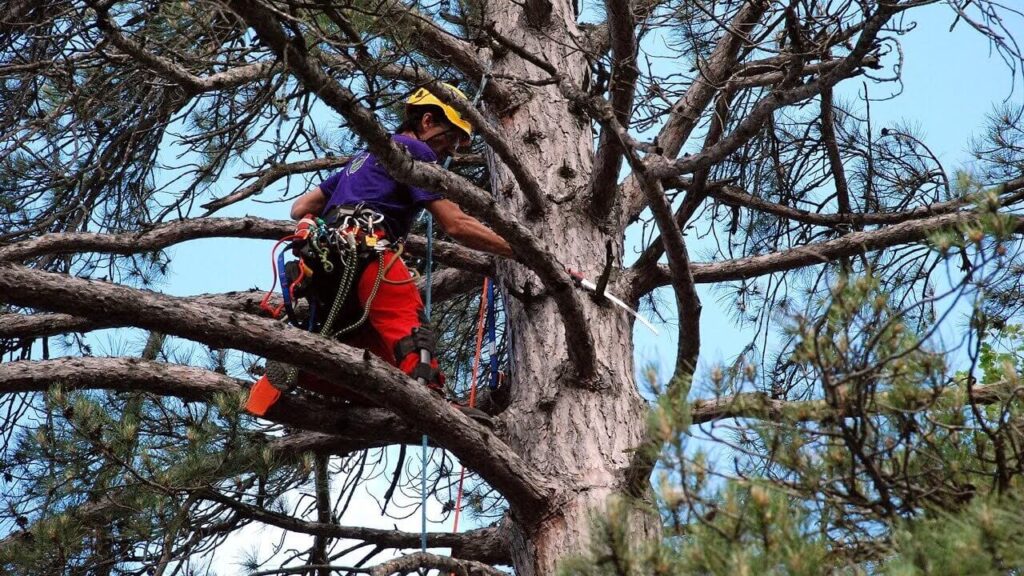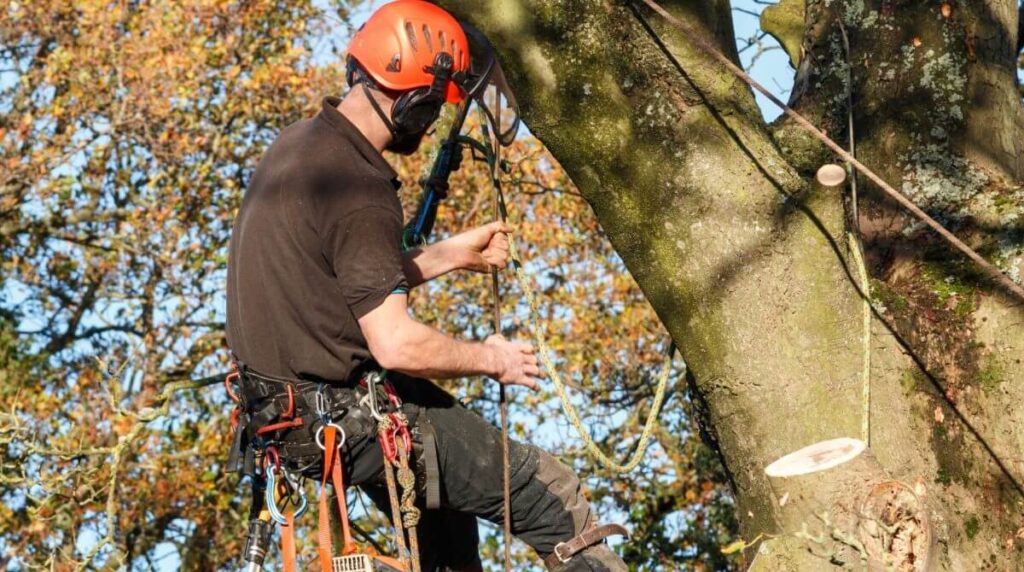Finding Local Tree Pruning Experts
When it comes to tree pruning, enlisting the help of local experts can make a significant difference. Professional arborists possess the knowledge and skills necessary to assess the health of trees and determine the best approach to pruning. They can also provide valuable advice on tree care and maintenance.
Searching for tree pruning near me in your area can be done through various methods. Online searches, local directories, and word-of-mouth recommendations are all effective ways to find reputable professionals. It is essential to look for qualified and experienced arborists who are familiar with the specific tree species in your garden.
Online Resources for Finding Arborists
Many websites and platforms can help connect homeowners with local tree care professionals. Websites like Checkatrade, TrustATrader, and Yell provide listings of tree services, complete with customer reviews and ratings. These resources can help narrow down options and ensure that the chosen expert has a solid reputation.
Additionally, social media platforms and community forums can be excellent places to seek recommendations. Engaging with local gardening groups or neighbourhood associations can yield valuable insights into which professionals are trusted in the community.

Evaluating Potential Tree Pruning Services
Once potential tree pruning services have been identified, it is essential to evaluate them before making a decision. Start by checking their qualifications and certifications. Arborists should ideally be certified by recognised bodies, such as the International Society of Arboriculture (ISA) or the Arboricultural Association.
Furthermore, it is advisable to request quotes from multiple services. This not only provides a clear understanding of the costs involved but also allows for comparisons of services offered. It is essential to ensure that the chosen service includes insurance coverage, which protects against any potential damage during the pruning process.
Understanding the Importance of Tree Pruning
Tree pruning is a vital aspect of maintaining a healthy garden. It involves the selective removal of certain parts of a tree, such as branches, buds, or roots, to enhance its growth, shape, and overall health. Proper pruning can lead to a more aesthetically pleasing landscape, improved tree structure, and increased fruit production in fruit-bearing trees.
In addition to promoting growth, pruning helps to remove dead or diseased branches, reducing the risk of pests and diseases spreading throughout the tree. This practice not only benefits the individual tree but also contributes to the overall health of the garden ecosystem.
Benefits of Regular Pruning
Regular pruning offers numerous benefits that extend beyond aesthetics. For one, it encourages new growth by allowing more sunlight to reach the inner branches and leaves. This increased light exposure can lead to a more vigorous and healthier tree.
Moreover, pruning can help to shape the tree, ensuring it grows in a manner that is both visually appealing and structurally sound. This is particularly important for young trees, as proper shaping can prevent future problems such as weak branch structures or overcrowding.
When to Prune Trees
The timing of tree pruning is crucial for achieving the best results. Generally, late winter or early spring is considered the ideal time for most trees, as they are still dormant and can recover more quickly from pruning. However, specific species may have different requirements, making it essential to research the best time for each type of tree.
In some cases, summer pruning can also be beneficial, particularly for controlling growth or removing unwanted branches. Understanding the growth patterns of trees can help determine the most effective pruning schedule.

What to Expect During the Pruning Process
Understanding the tree pruning process can help alleviate any concerns about the procedure. A professional arborist will typically begin with an assessment of the tree’s health and structure. This evaluation will guide their pruning strategy, ensuring that the most effective techniques are employed.
During the pruning process, the arborist will use specialised tools to make clean cuts, minimising damage to the tree. They will remove dead or diseased branches and thin out overcrowded areas to improve air circulation and light penetration. This careful approach is crucial for promoting healthy growth.
Post-Pruning Care
After pruning, it is essential to care for the tree properly. Arborists often provide guidelines for post-pruning care, which may include watering, mulching, and monitoring for any signs of stress or disease. Following these recommendations can help ensure that the tree recovers well and thrives in the long term.
It is also beneficial to keep an eye on the tree’s growth in the following months. Observing any changes can help identify if further pruning or care is needed, allowing for timely interventions.
Common Mistakes to Avoid
When it comes to tree pruning, there are several common mistakes that can lead to poor results or even harm to the tree. One of the most significant errors is over-pruning, which can stress the tree and inhibit its growth. It is crucial to prune only what is necessary to maintain health and shape.
Another mistake is using inappropriate tools or techniques. Homeowners attempting to prune their trees without the right equipment may cause damage that could have been avoided with professional help. It is always advisable to consult an expert if unsure about the best approach.

The Cost of Tree Pruning Services
The cost of tree pruning services can vary significantly based on several factors, including the size and type of tree, the complexity of the job, and the region. Generally, larger trees or those requiring specialised techniques will incur higher costs.
On average, homeowners can expect to pay anywhere from £50 to £300 for tree pruning services. However, it is important to obtain detailed quotes from multiple providers to understand the price range in your area. This will also help ensure that the chosen service offers good value for money.
Factors Influencing Pricing
Several factors can influence the pricing of tree pruning services. The height and size of the tree play a significant role, as larger trees often require more time and specialised equipment to prune safely. Additionally, the condition of the tree can affect pricing; trees that are diseased or damaged may require more extensive work.
Location is another factor to consider. Urban areas may have higher labour costs due to increased demand for tree services, while rural areas might offer more competitive pricing. Understanding these factors can help homeowners budget effectively for tree care.
Potential Additional Costs
In some cases, additional costs may arise during the pruning process. For instance, if a tree is found to be severely diseased, the arborist may recommend further treatments or even removal, which can increase expenses. It is advisable to discuss these possibilities with the chosen service provider upfront to avoid unexpected costs.
Moreover, if the pruning involves the removal of large branches or debris, there may be additional charges for cleanup and disposal. Clarifying these details in advance can help ensure transparency in pricing.
Conclusion: The Value of Professional Tree Pruning
Tree pruning is an essential practice for maintaining the health and beauty of any garden. By enlisting the help of local experts, homeowners can ensure that their trees receive the care they need to thrive. Understanding the benefits of pruning, how to find qualified professionals, and what to expect during the process can empower homeowners to make informed decisions about their garden care.
Investing in professional tree pruning not only enhances the aesthetic appeal of a property but also contributes to the long-term health of the garden ecosystem. With the right care, trees can flourish, providing shade, beauty, and even fruit for years to come.
More to read: How to Find the Best Stump Grinding Service in Sydney

